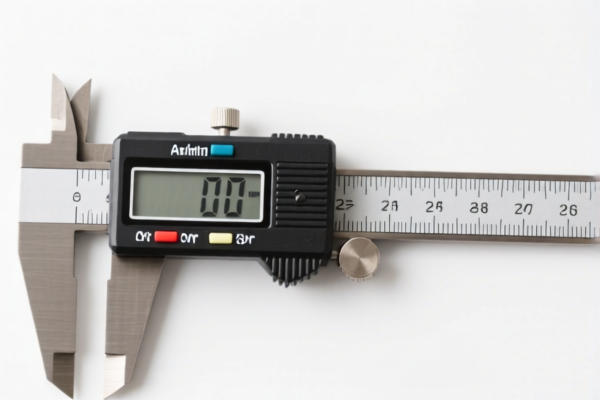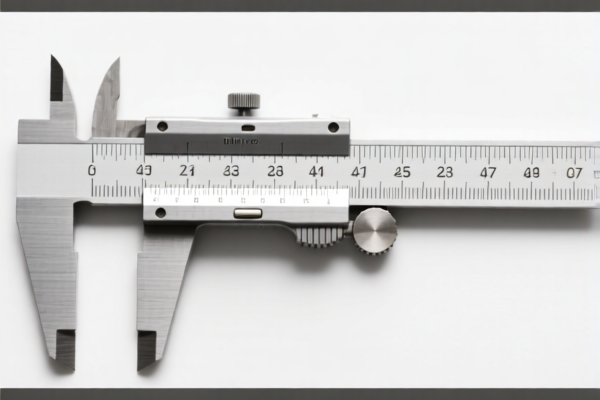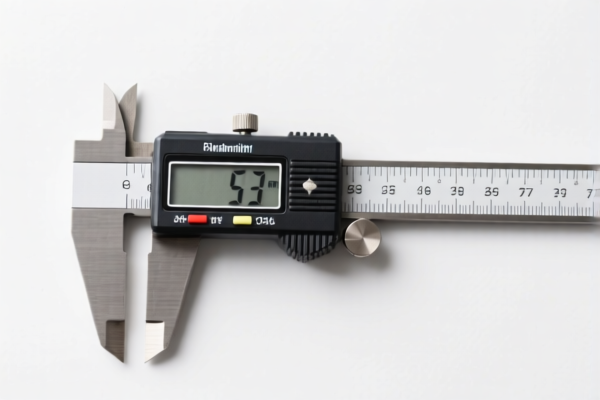| HS Code | Official Doc | Tariff Rate | Origin | Destination | Effective Date |
|---|---|---|---|---|---|
| 8537106000 | Doc | 57.7% | CN | US | 2025-05-12 |
| 8537109160 | Doc | 57.7% | CN | US | 2025-05-12 |
| 8548000000 | Doc | 55.0% | CN | US | 2025-05-12 |




Control Module
A control module is a component within a system that manages, commands, directs, or regulates the behavior of other components. These modules are found across a diverse range of applications, from automotive engineering to industrial automation and home appliances. Their core function is to receive information, process it, and then generate signals to control outputs, ensuring the system operates as intended.
Material Composition
Control modules are typically constructed using a combination of materials, with a primary focus on electronic components. Common constituents include:
- Semiconductors: Silicon-based integrated circuits (ICs) – microcontrollers, memory chips (RAM, ROM, EEPROM, Flash), and signal processing chips form the core logic.
- Printed Circuit Boards (PCBs): Provide the physical foundation and electrical connections for components. Materials like FR-4 (a fiberglass epoxy laminate) are common.
- Connectors: Facilitate communication with other system components and external devices. These are often made of plastic and metal alloys.
- Passive Components: Resistors, capacitors, and inductors are used for signal conditioning and filtering.
- Enclosure: A protective housing, usually made of plastic or metal, shields the module from environmental factors.
- Heat Sinks/Thermal Management: Often included to dissipate heat generated by active components. Typically aluminum or copper.
Purpose & Function
The overarching purpose of a control module is to implement a control strategy. This involves:
- Data Acquisition: Receiving inputs from sensors (temperature, pressure, speed, position, etc.).
- Signal Processing: Filtering, amplifying, and converting sensor signals into a usable format.
- Logic Execution: Implementing control algorithms based on pre-programmed instructions or real-time data. This is typically handled by a microcontroller or processor.
- Output Control: Generating signals to actuators (motors, valves, relays, displays, etc.) to modify system behavior.
- Communication: Interfacing with other modules, networks (CAN bus, Ethernet, etc.), and diagnostic tools.
- Diagnostics: Monitoring system performance, detecting faults, and storing error codes.
Usage Scenarios
Control modules are ubiquitous across numerous industries:
- Automotive: Engine Control Module (ECM), Transmission Control Module (TCM), Anti-lock Braking System (ABS) module, Body Control Module (BCM), Airbag Control Module (ACM). These manage engine performance, transmission shifting, braking, lighting, and safety systems.
- Industrial Automation: Programmable Logic Controllers (PLCs) control machinery, robots, and manufacturing processes.
- Heating, Ventilation, and Air Conditioning (HVAC): Control modules regulate temperature, humidity, and airflow in buildings.
- Power Management: Control modules manage battery charging, power distribution, and energy consumption in devices like laptops and electric vehicles.
- Robotics: Control modules coordinate the movement and actions of robotic arms and other robotic components.
- Medical Devices: Control modules regulate the operation of pacemakers, infusion pumps, and other life-critical equipment.
- Aerospace: Flight control systems, engine management systems, and navigation systems rely on sophisticated control modules.
Common Types
The specific type of control module varies based on the application, but some common examples include:
- Microcontroller-based Modules: Utilize a single microcontroller to handle all control functions. Cost-effective and suitable for simpler applications.
- PLC (Programmable Logic Controller): Rugged and reliable modules designed for industrial automation. Programmable using ladder logic or other programming languages.
- Embedded Systems: Control modules integrated directly into a larger device or system.
- Single-Board Computers (SBCs): More powerful modules capable of running complex operating systems and applications. Often used in robotics and advanced control systems.
- Dedicated Control Modules: Designed for a specific function, such as controlling a motor or valve.
- Networked Control Modules: Communicate with other modules over a network (CAN bus, Ethernet, etc.) to enable distributed control.
Based on the provided information, a control module can potentially fall under several HS code classifications. Here's a breakdown of the relevant options:
-
8537106000: This code covers boards, panels, consoles, desks, cabinets and other bases equipped with two or more apparatus of heading 8535 or 8536, for electric control or the distribution of electricity, including those incorporating instruments or apparatus of chapter 90, and numerical control apparatus, other than switching apparatus of heading 8517, specifically for a voltage not exceeding 1,000 V – Motor control centers. If the control module is integrated into a larger motor control center system, this HS code may be applicable.
- Chapter 85: Electrical machinery and equipment.
- Heading 8537: Control apparatus; ignition or starting apparatus and starting generators.
- Subheading 853710: Boards, panels, consoles, desks, cabinets, etc.
- Further Specification 8537106000: Specifically for motor control centers.
-
8537109160: This code also covers boards, panels, consoles, desks, cabinets and other bases equipped with two or more apparatus of heading 8535 or 8536, for electric control or the distribution of electricity, including those incorporating instruments or apparatus of chapter 90, and numerical control apparatus, other than switching apparatus of heading 8517, for a voltage not exceeding 1,000 V – Other: Other Programmable controllers. If the control module functions as a programmable controller integrated into a panel or cabinet, this HS code may be suitable.
- Chapter 85: Electrical machinery and equipment.
- Heading 8537: Control apparatus; ignition or starting apparatus and starting generators.
- Subheading 853710: Boards, panels, consoles, desks, cabinets, etc.
- Further Specification 8537109160: Specifically for other programmable controllers.
-
8548000000: This code covers electrical parts of machinery or apparatus, not specified or included elsewhere in this chapter. If the control module is considered a component part of a larger machine and doesn't fall under the more specific classifications above, this HS code may be applicable.
- Chapter 85: Electrical machinery and equipment.
- Heading 8548: Electrical parts of machinery or apparatus.
- Subheading 854800: Electrical parts of machinery or apparatus, not specified or included elsewhere.
According to the provided reference material, the HS code options related to 'control module' are limited, with only the following 3 found.
Important Note: Both HS code 8537106000 and 8537109160 have a total tax rate of 57.7%, comprising a 2.7% base tariff, a 25.0% additional tariff, and a 30% additional tariff effective after April 2, 2025. HS code 8548000000 has a total tax rate of 55.0%, comprising a 0.0% base tariff, a 25.0% additional tariff, and a 30% additional tariff effective after April 2, 2025.
Customer Reviews
No reviews yet.